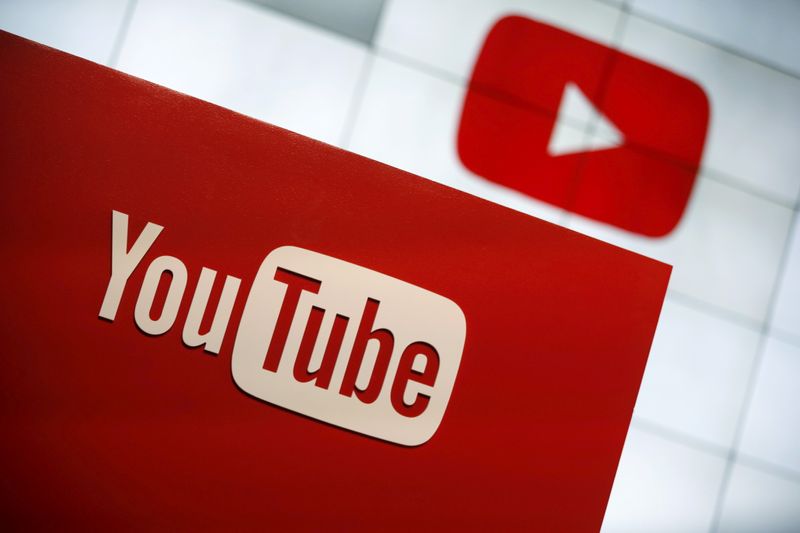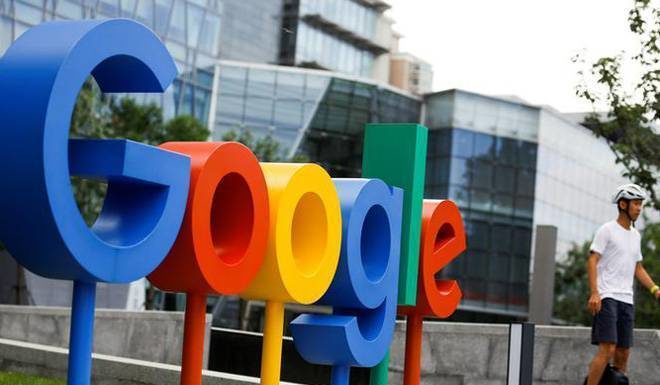YouTube Shorts Fund will pay creators in 2021 and 2022.
- YouTube is launching a fund to pay its most popular users on its Shorts product, which aims to compete with popular video app TikTok.
- The company’s new social network platform, which uses short-form videos, is garnering 6.5 billion daily views, according Alphabet CEO Sundar Pichai.
- YouTube joins Snap and TikTok in using a creator fund to court influencers.
YouTube on Tuesday announced a $100 million (roughly Rs. 735 crores) fund to pay content creators who make hit videos on its new short-form video feature Shorts, as YouTube aims to court more influencers.
The fund will launch in the coming months and pay creators this year and 2022, YouTube said.
The investment comes as platforms are racing to attract young creators who are building huge fan followings – and big earning potential – by filming short comedy skits and dance routines. Viral app TikTok jump-started the trend of short-form video clips and was quickly copied by other apps such as Facebook-owned Instagram’s Reels, Snapchat Spotlight and YouTube Shorts.
YouTube said the new fund will pay thousands of creators each month whose videos on Shorts receive the most engagement from viewers.
The streaming video site added it will begin to test advertisements on Shorts.
As the market for short video features becomes more crowded, platforms have used creator funds as a way to court more users.
TikTok launched a creator fund in July and later increased its funding to $1 billion (roughly Rs. 7,350 crores) in the United States over three years.
Snap awards $1 million (roughly Rs. 7 crores) per day to users who post top content on Spotlight.
Earlier this month, a report suggested that YouTube could soon make it easier for users to browse through videos by automatically translating video titles, descriptions, and captions in their native language. A few users have reportedly spotted the feature, which seems to have been enabled through a server-side change. It can be expected to be available for more users soon. However, translations to only Portuguese and Turkish have been spotted so far.













![Hotstar Premium Cookies 2019 [*100% Working & Daily Updated*] Hotstar Premium Cookies 2019 [*100% Working & Daily Updated*]](https://tahav.com/wp-content/uploads/2019/11/Hotstar-Premium-Cookies-Free-100x70.jpg)



